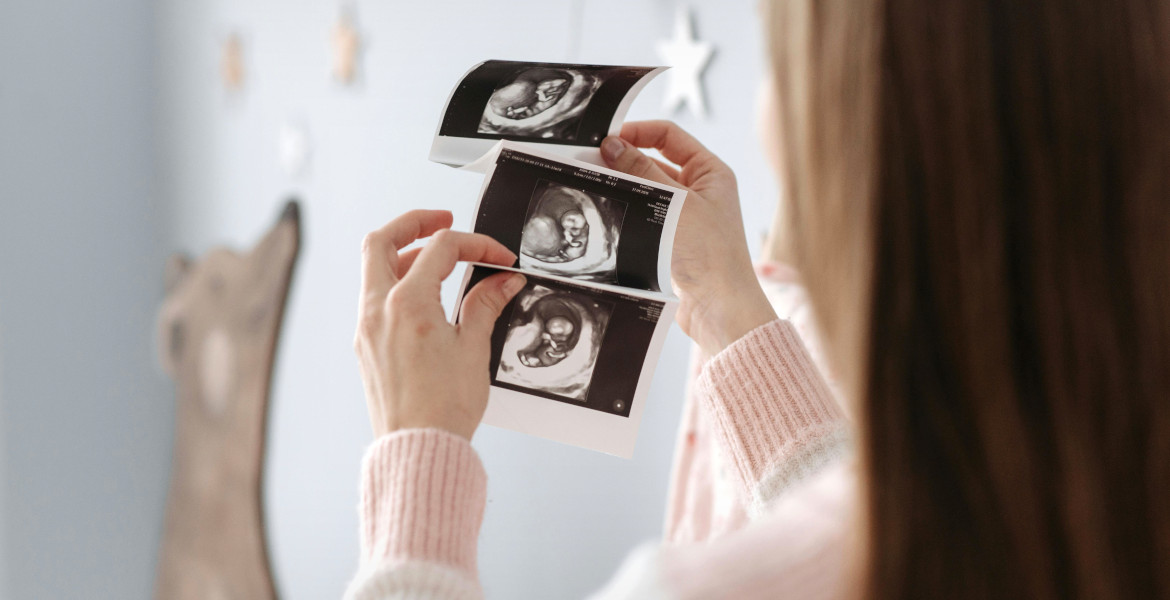Mälarenergi Vatten, a utility company in Västerås, Sweden, has launched a pilot project to explore methods for removing PFAS, or “forever chemicals”, from drinking water using activated carbon and ion exchange techniques. Preliminary results are highly promising.
Current Swedish regulations set the allowable PFAS limit at 90 nanograms per liter (ng/L). However, new legislation, effective January 1, 2026, will lower these limits significantly, to 4 ng/L for PFAS4 (a group of four compounds) and 100 ng/L for PFAS21. Water suppliers exceeding these values will be required to take action to reduce PFAS levels by the compliance deadline.
In Västerås, an industrial city where manufacturing has contributed to PFAS contamination, levels are currently within the existing threshold and meet the future PFAS21 limit but not the stricter PFAS4 standard.
“Mälarenergi Vatten takes PFAS very seriously, and personally, I welcome the new legislation”, said Mälarenergi Vatten’s CEO, Ann-Charlotte Duvkär, in a press release. “Our knowledge of PFAS is constantly evolving, leading to new assessments, so it’s good that the legislation is tightening”.
"100% Purification"
Since 2023, Mälarenergi Vatten has worked with Västerås Municipality to identify contamination sources and implement potential solutions. In late September, they tested two PFAS removal methods. Activated carbon absorbs PFAS onto its surface, while ion exchange filters work by exchanging PFAS ions for other ions in a filtration medium.
The trials are expected to run for at least a year to gather comprehensive data, but initial results already show positive outcomes.
– We’ve received the first test results, and they look promising, showing 100% purification, Duvkär reports.
By testing these methods now, Västerås aims to meet upcoming standards, which may require other municipalities facing PFAS challenges to undertake similar measures.




